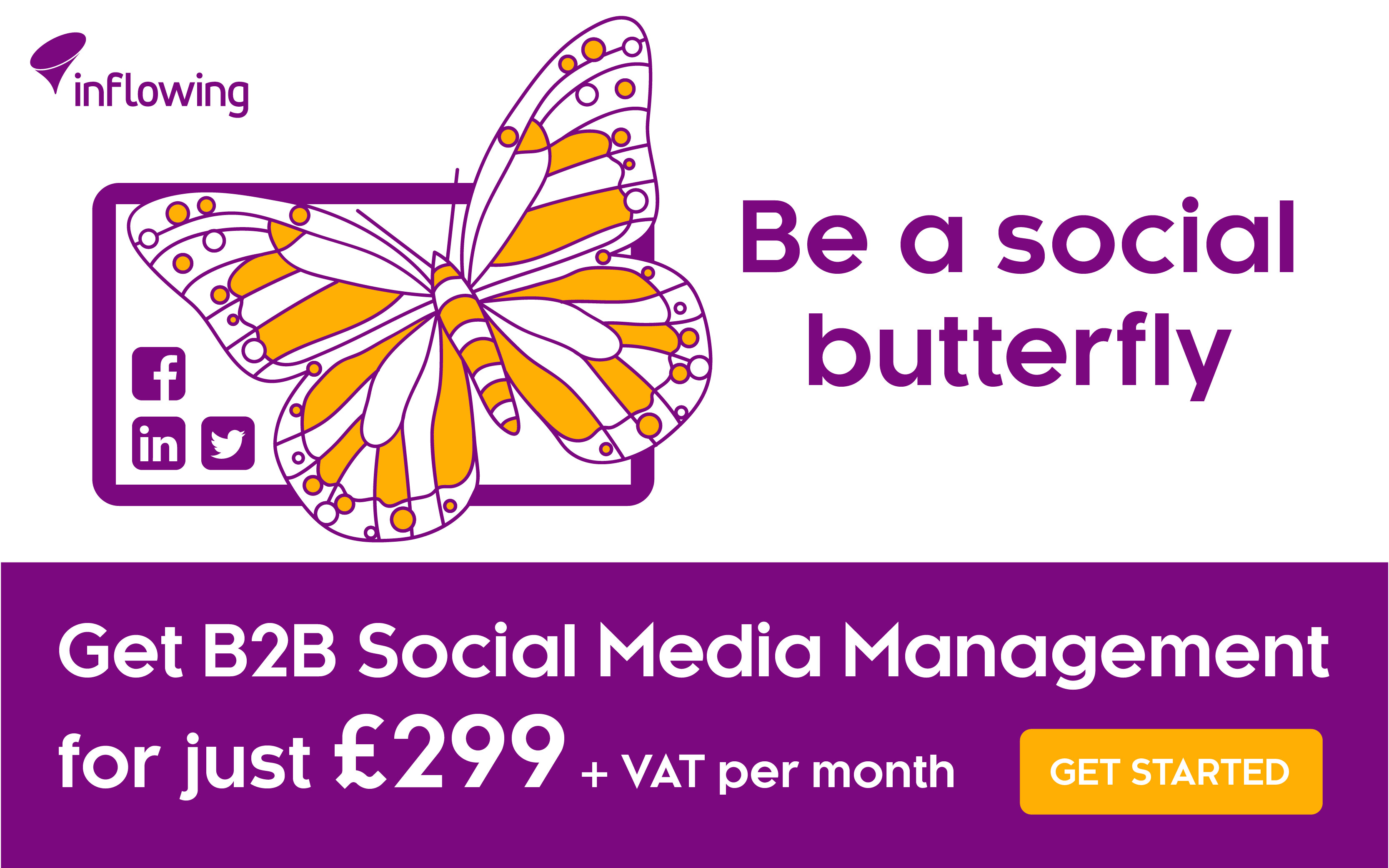But it doesn’t have to be – and you don’t need a plucky quartet of 12-year-olds and a mysterious girl with telekinetic powers to master it. All you need is a bit of good old marketing common sense and know-how. If you like, you can do it while listening to some classic ‘80s tunes and wolfing down some Eggos though. I would.

Anyway, without further ado – here’s a quick guide to developing a social media marketing strategy for your B2B organisation.
Which platform?
First things first, you need to decide where you’re going to hang out. Bottom line is, you – or an agency – are going to have to manage and maintain all of these social media platforms, so you better make sure each and every one is delivering value. Now, there are a plethora to choose from in 2018, but your major players (in B2B anyway) are Twitter, Facebook and LinkedIn. It’s highly dependent on your industry, customer base and product which one of these will deliver the best results and engagement. You might want to dip your toe in each before you make a decision, but might I suggest also having a sneaky look at what your competitors are doing, as well as maybe using insights like your customer personas to determine where your intended audience will be hanging out. Don’t be afraid to turn your back on a platform – just because it’s there, doesn’t mean you have to use it.
What matters most?
With social media, it can be tempting to go down the “as many likes and as many followers as possible” route. Now, this kind of approach can be useful if you’re a relatively new business and you’re trying to increase awareness in the space. But if you’re an established business trying to engage with new and existing customers in new ways, this might not be the most useful way to look at things. You’re probably more interested in who is liking, commenting on and sharing your posts, not how many of them there are. If sounds more like your bag, consider looking at social through an ABM lens – account-based social, if you will. Daley did a whole post on this here – worth reading if you think you’d like to start targeting very specific companies and contacts with your social media. If not, and you’re playing a numbers game here, think about what’s achievable in terms of where you are now, and the level of activity.
When?
I’m sort of leaning more towards when you post updates doesn’t really factor that much anymore, these days. The way timeline algorithms work now, you’ll often see activity in the order in which it’s worked out what’s more of interest to you, rather than chronologically. That being said, there is obviously some kind of impact from when you post the update – in the middle of the night probably isn’t ideal, you’re gonna miss a lot of people. In B2B, there’s a tendency to think that you should stick to Monday to Friday, office hours. Not a bad assumption to make, but broaden your horizons a little – try posting before 8am, after 6pm, on a Saturday lunchtime – see what happens. Therein lies my point really – you can’t really know when is best to post updates unless you try, monitor and review the results and adjust accordingly. Just remember if you’re going to conduct an experiment of this nature, try not to change too many variables at once – if you schedule one post to go out on a Monday at 9am, and one to go out on a Tuesday at 2pm, and the Monday one does better, is it because it’s a Monday, or because it’s 9am? Be smart and you’ll figure out what works for you and your audience.
How often?
As with time of day, the best frequency of updates – within a day, or a week – will really be a bit of a “suck it and see” type exercise. A couple of times a week is usually good – once a day is better. But do make sure you’re not just posting filler to meet your weekly or daily quota. Make it meaningful and make it engaging. Think about in your personal life, how often you roll your eyes at the person who overshares every tiny detail of their life – don’t be that person as a business. If you can come up with great, engaging content on a daily basis, then fantastic – but don’t hang yourself up too much by frequency. You’ll figure out what’s right for you. Just promise me one thing – don’t neglect your social media accounts for weeks on end. It looks like you’ve gone out of business. Trust me.
Get social
I hope that’s given you some idea of how to set out a social media plan for your business, particularly in B2B. It is a dark art, but done right can deliver valuable engagement, traffic and even leads into your organisation. If you’d like some more advice on building a social media plan, get in touch.

